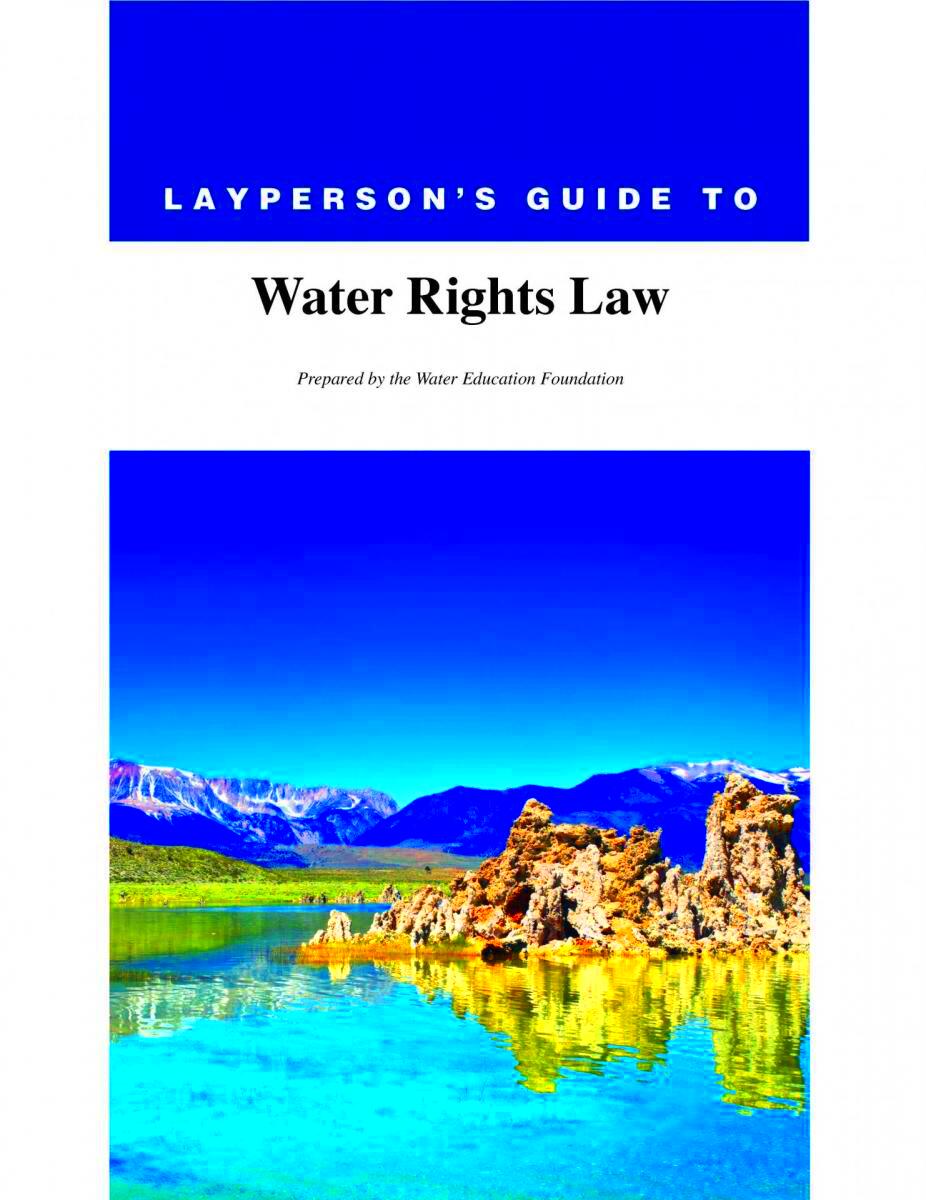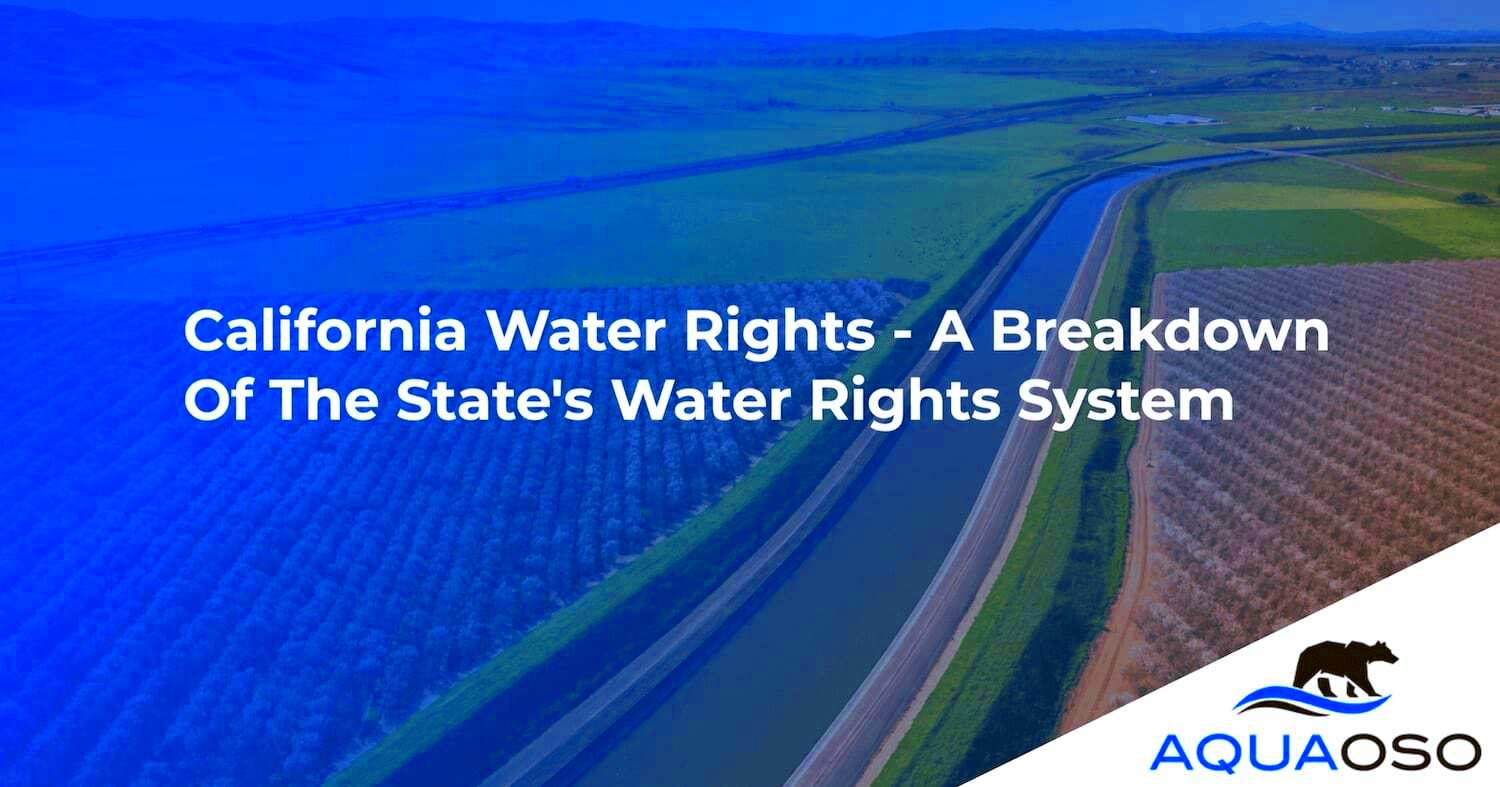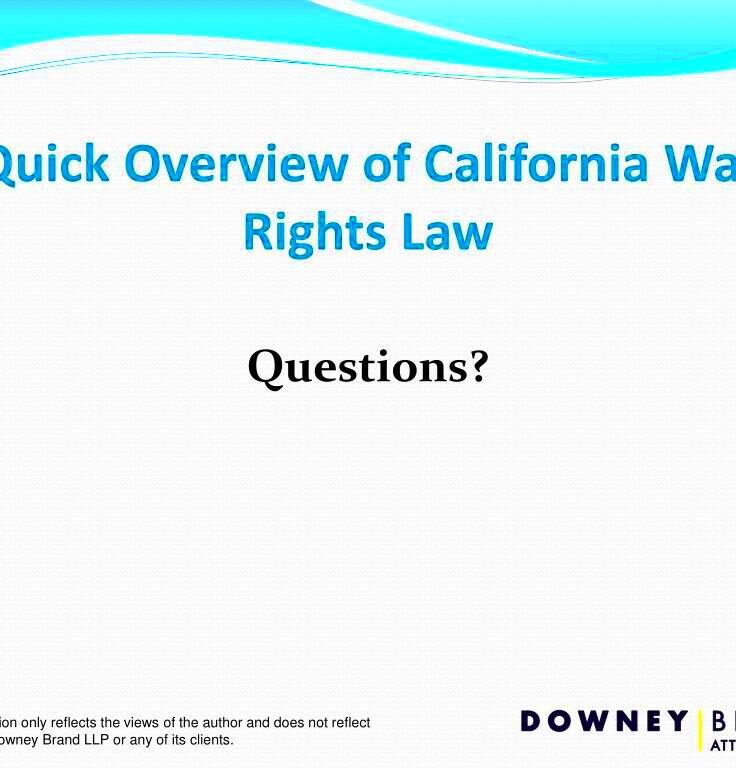Key Facts About California Water Rights Laws
The water rights laws in California play a crucial role in overseeing the states valuable water resources. Given its climate and increasing population California encounters distinct obstacles in managing water. The allocation and utilization of water across the snow covered mountains and arid deserts showcases the diverse requirements of the state. Whether you’re an agriculturalist in the Central Valley or a city resident in Los Angeles grasping these laws can provide valuable perspectives on the distribution and regulation of water throughout California.
Types of Water Rights in California

Californias system of water rights is intricate, influenced by historical factors and practical needs. In general there are primarily categories of water rights.
- Riparian Rights – These rights are linked to landownership adjacent to a water source. If your property borders a river or lake, you have the right to use the water, provided it’s reasonable and does not harm other riparian users.
- Appropriative Rights – Unlike riparian rights, appropriative rights are based on the principle of “first in time, first in right.” This means that the first person to divert water from a source for beneficial use has the right to continue using it, even if they do not own land next to the water source.
The regulations oversee both kinds of water rights to ensure a fair distribution of water resources among different groups such as farmers, industries and city dwellers. Recognizing these differences is essential for individuals involved in water matters in California be it farmers wanting to water their fields or builders working on new developments.
Historical Background of Water Rights Laws

The laws governing water rights in California have undergone changes throughout history. Back in the Gold Rush days miners were quick to assert their water rights to aid their work. This laid the groundwork for a legal system that would become more intricate with the growth of the states populace and various industries.
Throughout the years California has been adapting its water laws to address changing environmental circumstances, legal disputes and population shifts. The water rights framework in the state is an area that is always changing to tackle new challenges and ensure efficient management of water resources for the well being of all residents in California.
How Water Rights are Allocated
Allocating water rights in California is akin to handling a valuable asset that everyone relies upon. Imagine a massive pie where each slice signifies a distinct purpose such as farming, urban areas, businesses and nature. The difficulty lies in dividing that pie in a manner that caters to everyones requirements while also ensuring the pie doesnt deplete.
The process of distributing resources or assigning tasks involves a series of stages.
- Permitting: Before anyone can use water, they need a permit. This is like getting a ticket to the water party. The permit specifies how much water can be used and for what purpose.
- Prior Appropriation: This principle means that those who first put the water to beneficial use have the right to continue using it. It’s a bit like a first-come, first-served system, ensuring that early users get their fair share.
- Water Rights Priority: Water rights are prioritized based on their seniority. Older rights typically have precedence over newer ones. This hierarchy helps manage conflicts and ensures that essential uses, like drinking water, are prioritized during shortages.
The water distribution system aims to cater to a range of requirements. For example in times of drought urban regions may be given preference to secure sufficient drinking water for residents while farmers could encounter limitations. Striking this equilibrium is essential, to prevent disputes and ensure equitable access, to water supply.
Key Regulations and Agencies Involved
Water management in California is governed by a system of rules and organizations that ensure everything operates seamlessly. Think of it as an orchestra where every section contributes to maintaining a balance in water usage.
Key Regulations:
- California Water Code: This is the main body of laws governing water rights and usage. It’s like the rulebook that everyone must follow.
- State Water Resources Control Board (SWRCB): This agency oversees water rights and enforces the Water Code. They handle permits, manage water quality, and resolve disputes.
- Regional Water Quality Control Boards: These boards focus on local water issues, ensuring that water quality meets regional needs and standards.
The purpose of these rules and organizations is to make sure that water usage is balanced, effective and considerate of the environment. They tackle problems such as water contamination excessive usage and conflicts over distribution making sure that water resources are handled in a sustainable manner.
Recent Changes and Developments in Water Rights Laws
California’s water rights regulations are always changing, just like the states scenery that swings between dry spells and heavy rain. The latest updates show a response to environmental issues and the need to cope with climate change.
Some key developments include:
- Increased Emphasis on Environmental Protection: New laws now require more consideration for environmental needs. This means that water allocations must ensure that rivers and lakes maintain ecological health, which is vital for fish and wildlife.
- Climate Change Adaptations: With the increasing unpredictability of weather patterns, laws are being updated to manage water resources more flexibly. This includes adjusting allocations based on changing water availability due to climate shifts.
- Enhanced Water Conservation Measures: New regulations promote water-saving technologies and practices, encouraging both urban and rural users to reduce their consumption. This helps in sustaining water resources during dry periods.
The goal of these adjustments is to enhance the adaptability and responsiveness of Californias water rights framework to address present day challenges. They signify an increasing recognition of the importance of harmonizing human requirements with environmental conservation to ensure that water continues to be a resource that benefits both humanity and the natural world.
Common Issues and Disputes
In California water rights issues frequently lead to disagreements and clashes. Its similar to a family squabbling over the slice of cake at a get together where everyone has a vested interest and feelings can get intense. These conflicts may occur among various users or even involve disputes between state and federal agencies.
Some common issues include:
- Water Shortages: During droughts, the competition for limited water can become fierce. Farmers, cities, and environmental groups may find themselves at odds, each vying for their share of the shrinking supply.
- Pollution: When one user’s actions, such as runoff from agricultural lands, contaminate water sources, it can lead to disputes over water quality and the costs of cleanup.
- Rights Allocation: The process of determining who gets what share of water can be contentious. Those with senior rights may be challenged by newer users, particularly during times of scarcity.
- Regulatory Challenges: Conflicts can arise between state regulations and federal mandates, creating confusion and delays in water management and distribution.
Finding resolutions to these conflicts often involves the use of mediation and legal action. Its a intricate process of juggling differing requirements and discovering outcomes that align with both the law and the principles of fair use.
How Water Rights Affect Agriculture and Urban Areas
The allocation of water rights plays a role in shaping the future of farming and city life in California. Its like juggling the need to nourish a population with the necessity of providing sufficient water for urban growth.
For agriculture:
- Irrigation: Farmers depend on reliable water sources to grow crops. Water rights determine how much water they can divert for irrigation. During dry periods, farmers with senior rights may get their water, while those with newer rights face restrictions.
- Economic Impact: Water scarcity can drive up costs for farmers, affecting crop prices and, in turn, food prices. The economic ripple effect is felt from the fields to the dinner table.
For urban areas:
- Municipal Supply: Cities rely on allocated water for drinking, sanitation, and other needs. Changes in water rights can lead to water restrictions or increased costs for residents.
Conclusion
The issue of water rights in California is a captivating mix of tradition, legal frameworks and individual perspectives. Dating back to the Gold Rush era these rights have adapted over time to meet the changing demands and challenges faced by the state. While navigating this intricate system can be overwhelming grasping the fundamentals can shed light on the process of water distribution and governance.
If you’re a farmer looking to water your fields, a city resident worried about access to water or just someone curious about Californias legal system understanding the intricacies of water rights can provide insight into the delicate equilibrium between various users. These laws aim to safeguard and distribute water resources, but they also highlight the continuous challenge of balancing human necessities with environmental conservation.
Basically Californias way of handling water rights showcases its clever strategy for managing a valuable resource. With issues like climate change and increasing populations impacting water policies staying updated and involved is crucial to making sure this essential resource is utilized wisely and fairly.
